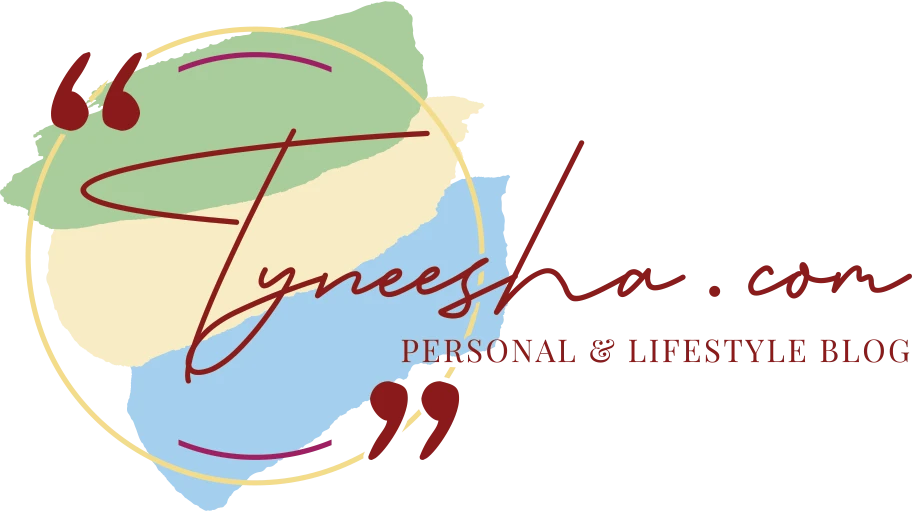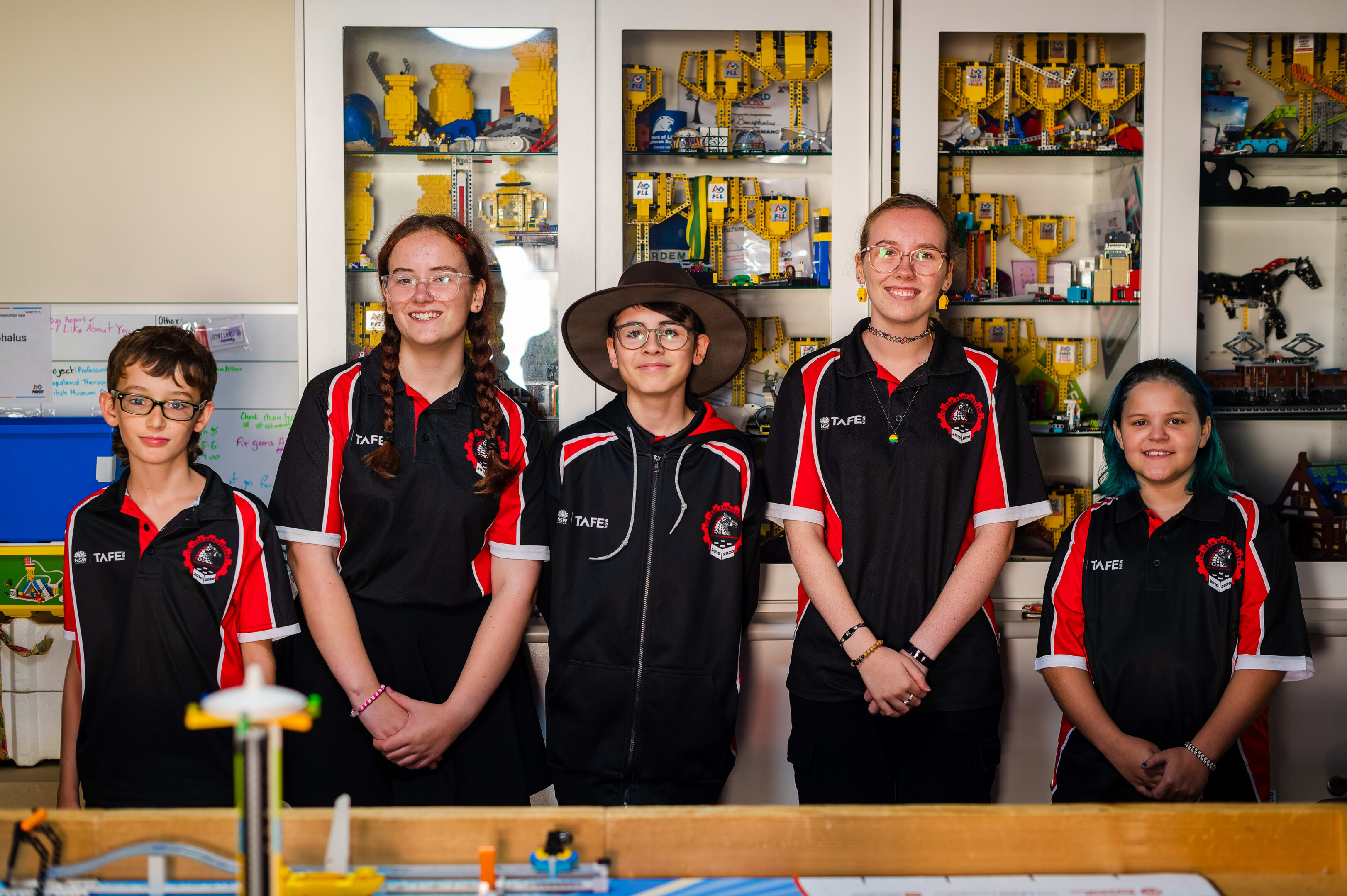28th July, 2024
Lego robotics is booming. When Wollongong local Andrew Clark started teaching in 2010, his was the only team in the area – now there are more than 20.
Andrew is coach of Project Bucephalus, a Lego robotics team of home-schooled students aged nine to 16, and one of Australia’s longest-running First Lego League (FLL) teams.
“Wollongong is one of the powerhouses for First Robotics, particularly Lego League in Australia,” Andrew says.
“There are a lot of very talented kids working very hard.”
Andrew says that Lego provides a stable and accessible base for teaching kids complicated skills.
“We can teach five- or six-year-olds how to make robots that move and we can take older kids and go through really complicated stuff.”
The First Lego League program coordinator, Angie Melville, says Lego robotics teams are giving children a comprehensive STEM (Science, Technology, Engineering and Mathematics) education.
“They’re learning science, technology, mechanical engineering, maths, software, design concepts, along with a range of computational thinking skills – and it’s all through play and team-based learning,” Angie says.
“I hate using the phrase ‘real world’ because I think kids are living in the world, but it’s giving them a more workplace environment kind of teamwork idea that sets them up for the workforce.”

Teams like Andrew’s showcase their Lego robotics skills at First Lego League tournaments held locally and regionally. Teams come from around the globe to play, learn and have the chance to win trophies made of Lego.
Lego Leagues are open everyone, including children as young as four years old.
“We do a lot of work with kids with disabilities. If you’re a group that tends to get overlooked, we’ve got a program here where somebody that never thought they’d get a chance realises that this is something they can do,” Andrew says.
“I guess that’s part of the reason why Lego robotics and Lego in general is so popular – because anyone can do it.”
School children have enjoyed learning through Lego play for decades. Its simple design lends itself to a wide range of teaching points for people of all genders, ages, ethnicities and abilities.
“First has what are called core values and those core values are the underpinning part of the entire program,” Angie says. “Those core values are discovery, innovation, inclusion, teamwork, fun. We also have one called ‘gracious professionalism’.
“Gracious professionalism means the even though you’re in a competition with other teams, you are still treating them with respect, you are understanding that you can learn from them and teach them at the same time.”
Andrew says: “Say you drop your robot on the way to the table. It happens. Shatters into a million pieces, you’ll have half a dozen teams rush over within 30 seconds, helping you put it back together again.”
Lego League enables team members to solve problems by sharing their knowledge and building on their individual strengths and interests.
“The teams of today are built on the accumulated skill of everyone that went before them because they’re all passing it on,” Andrew says. “The kids basically teach each other.”
The Denmark-based wooden toy company Lego Group was founded in 1934, but production of its plastic Lego bricks – then marketed as “Automatic Binding Bricks” – started in 1949. Since then, Lego bricks have become a fun and educational tool for people of all ages. Organisations such as The Lego Foundation have advocated for STEM education globally.
UNICEF has supported Lego-based learning, such as the Six Brick initiative to make problem solving, pattern recognition and creativity accessible to less fortunate children in South Africa.
“I think one of the great things about Lego is that language is not a barrier,” Angie says. “So in a build guide, you’ll notice there are no words. It’s just pictures and you just have to follow the pictures. It’s all just visual language, visual communication, which is understood across the globe.”
Locally, people of all ages can get involved in Lego in several ways: UOW Science Space offers after-school Lego clubs; Shoalhaven Psychology Services runs a Lego-based social communication program for children on the Autism spectrum or other difficulties; Project Bucephalus runs robotics workshops all over the Illawarra for kids of all age ranges; and Gonglug is a group of AFOLs (Adult Fans Of Lego) who run Lego exhibitions around NSW to raise funds for local charities.
Fourteen-year-old Elise has been competing with Project Bucephalus for four seasons. She says that the most rewarding part of the experience is the friendships that she’s formed.
“I met my best friend on this team. I like meeting new people, and sharing what I’ve learned, especially as a homeschooler. We do a lot of teaching with each other,” Elise said.
“You can walk up to anyone in their team area and it’s a kind of environment where if you’re missing a piece or your robot breaks down, you have several other teams come and actually help you. We take a bunch of spare parts so that when things break, other teams can just come to us and we will always help them.”
Past students say that they’ve used the skills they learned through Lego robotics in their occupations later in life.
“It’s taking all that stuff that kids love about Lego and using it to give them a springboard into careers in STEM,” Andrew says.
“It’s all based around the love of Lego.”
First Lego Australia’s event registrations for Lego League teams opened online on April 1.






